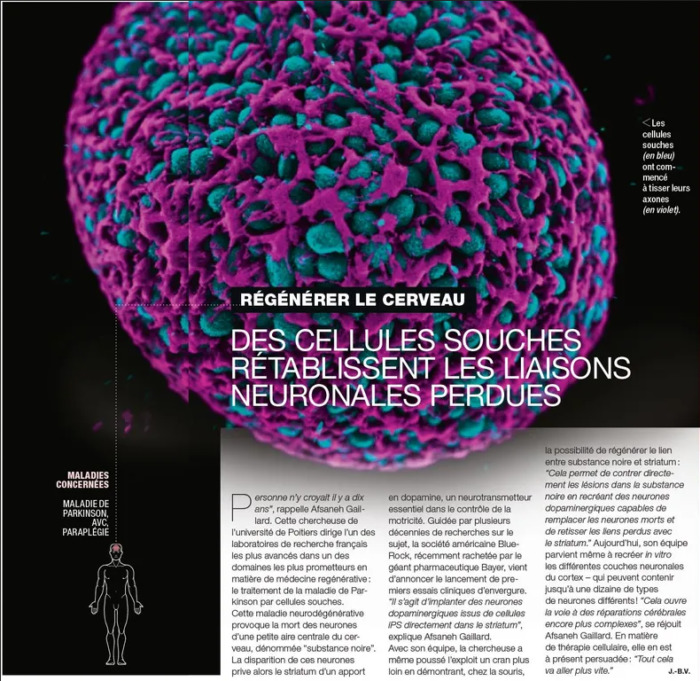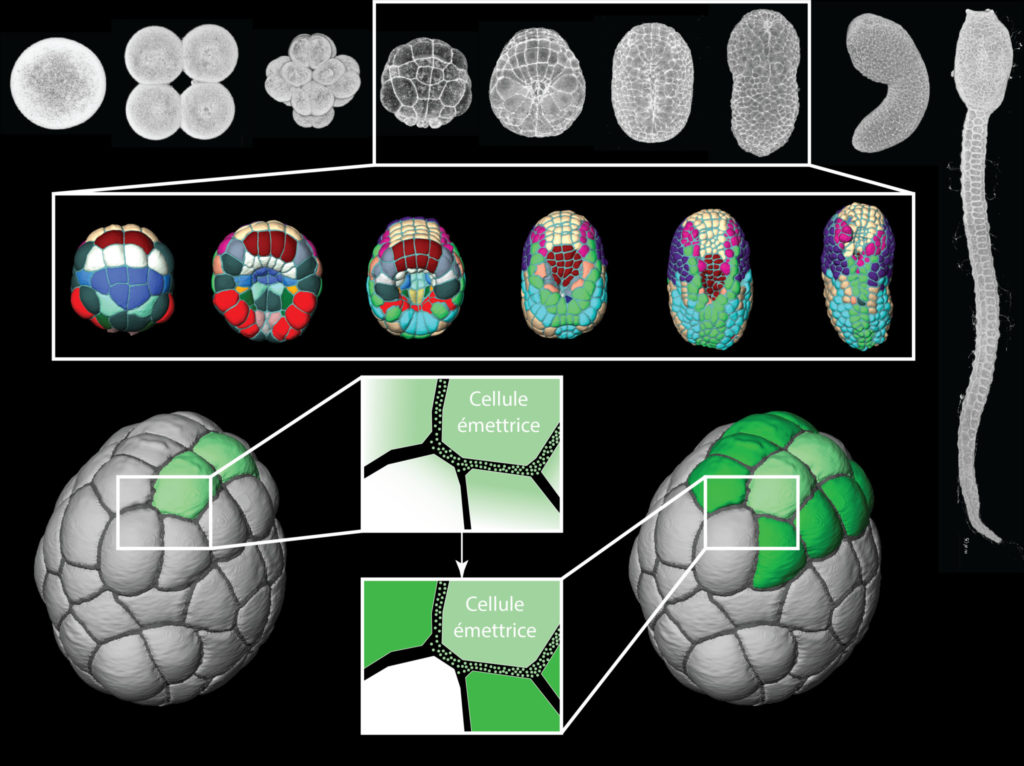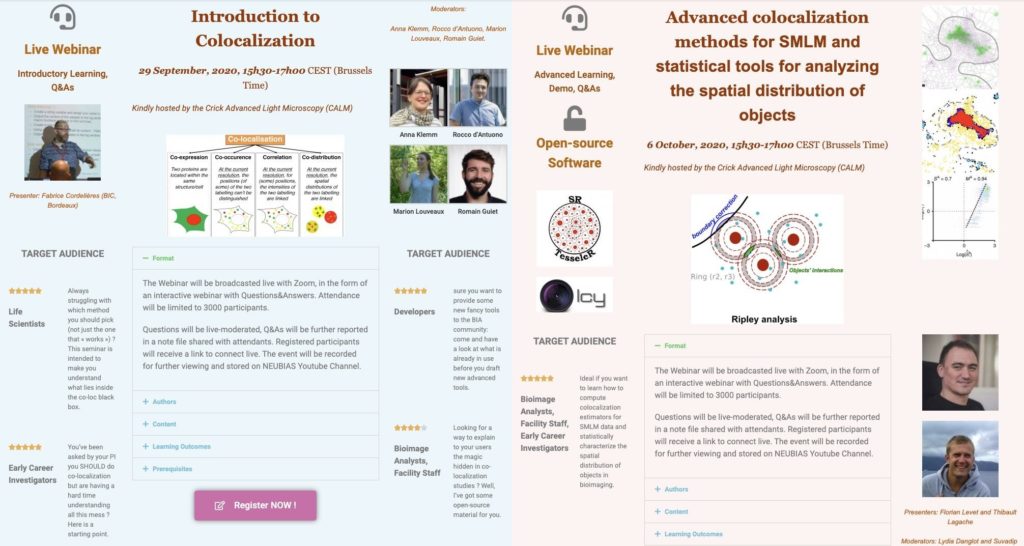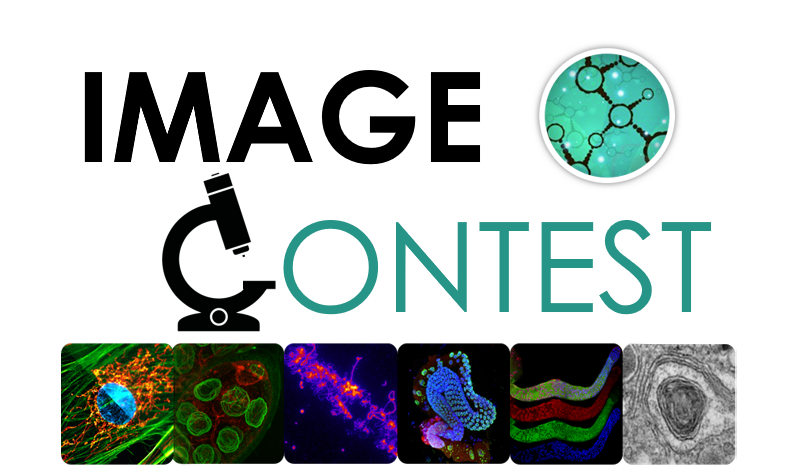The webconference organized by ITMO Molecular and Structural Bases of Life (BMSV) of the Aviesan Alliance entitled “Physics-Biology interface” will take place on Thursday, December 17th 2020.
Advances in biology opened up new areas of research that are developing at the interface with physics.
Physicists make a major contribution to this interface, with the development of new instruments allowing the massive data acquisition, the manipulation of single molecules and the observation of biological phenomena at increasingly higher temporal and spatial resolutions. These developments offer new perspectives for solving previously unaffordable biological questions.
Furthermore, theoretical approaches from physics are now necessary to tackle new problems: those linked to cellular heterogeneity, to the way it is regulated, filtered or even exploited; or those linked to newly identified cell compartments, devoid of membranes and very dynamic, which are revolutionizing our vision of cellular organization and functioning.
A detailed understanding of all these complex phenomena requires new conceptual frameworks developed in physics (quantum, statistics, signal theory, thermodynamics out of equilibrium, study of polymers and colloids, etc.) which will make it possible to model living things from the atomic scale to integrated cellular systems.
This conference is therefore dedicated to the interface between biology and physics and aims to promote interactions between the two communities by illustrating the currently emerging questions and new scientific challenges.
INVITED SPEAKERS
- Patricia Bassereau – Institut Curie – Paris
- Martin Blackledge – Institut de Biologie Structurale – Grenoble
- Céline Boutin – IRAMIS-NIMBE
- Pascal Hersen – Institut Curie – Paris
- Eric Hosy – Institut Interdisciplinaire de Neurosciences – Bordeaux
- Arnaud Hubstenberger – Institut de Biologie Valrose – Nice
- Martin Lenz – Laboratoire de Physique Théorique et Modèles Statistiques – Orsay
- Marcello Nollmann – Centre de Biochimie Structurale – Montpellier
Registration deadline: December 3rd, 2020






